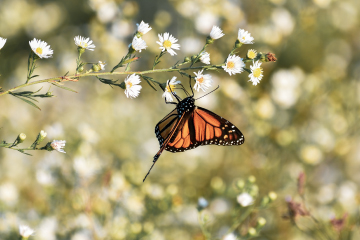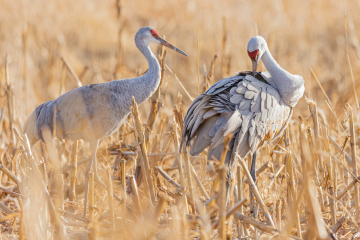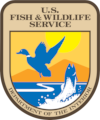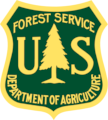The Rainwater Basin is a landscape of shallow playa wetlands scattered amid the flat-to-gently-rolling loess plains of south-central Nebraska. Before European-American settlement, the region contained some 11,000 wetlands ranging in size from less than an acre to over 1,000 acres. The wetlands were fed by runoff from snowmelt, springtime rains, and intense summer storms, and all but the largest usually dried up by late summer. The growth and succession of wetland plant communities were kept in check by herds of grazing bison, elk, and pronghorns, and by periodic fires.
Until the middle of the twentieth century, Rainwater Basin wetlands were integrated and productive elements in diversified farm operations, serving as pastures and sources of hay. Grazing cattle emulated the effects of bison and other wild ungulates, helping to keep wetland vegetation in the early successional state that provided suitable migration habitat for waterfowl, shorebirds, and other wetland-dependent birds.
The Rainwater Basin Joint Venture’s objective since 1992 has been to work with private landowners, agriculture producers, and conservation partners to ensure adequate wetland habitat for the migrating birds that depend on this region.
Why It Matters
The 160-mile-wide Rainwater Basin region lies at the narrowest point on the Central Flyway migration route. Some 8.6 million geese and ducks stop over here from late February through March on the way to their breeding grounds; shorebirds follow from mid-April through mid-May.
Northbound birds need energy in the form of fat reserves to help complete their migration and to survive and reproduce on their breeding grounds. Tons of waste grain in the Rainwater Basin’s corn fields provide ample calories; however, waterfowl also need nutrients provided by wetland plants; they also need relatively secluded wetlands where they can roost without excessive disturbances. Shorebirds and other birds migrating through the region rely on invertebrates found in healthy wetlands and uplands.
















